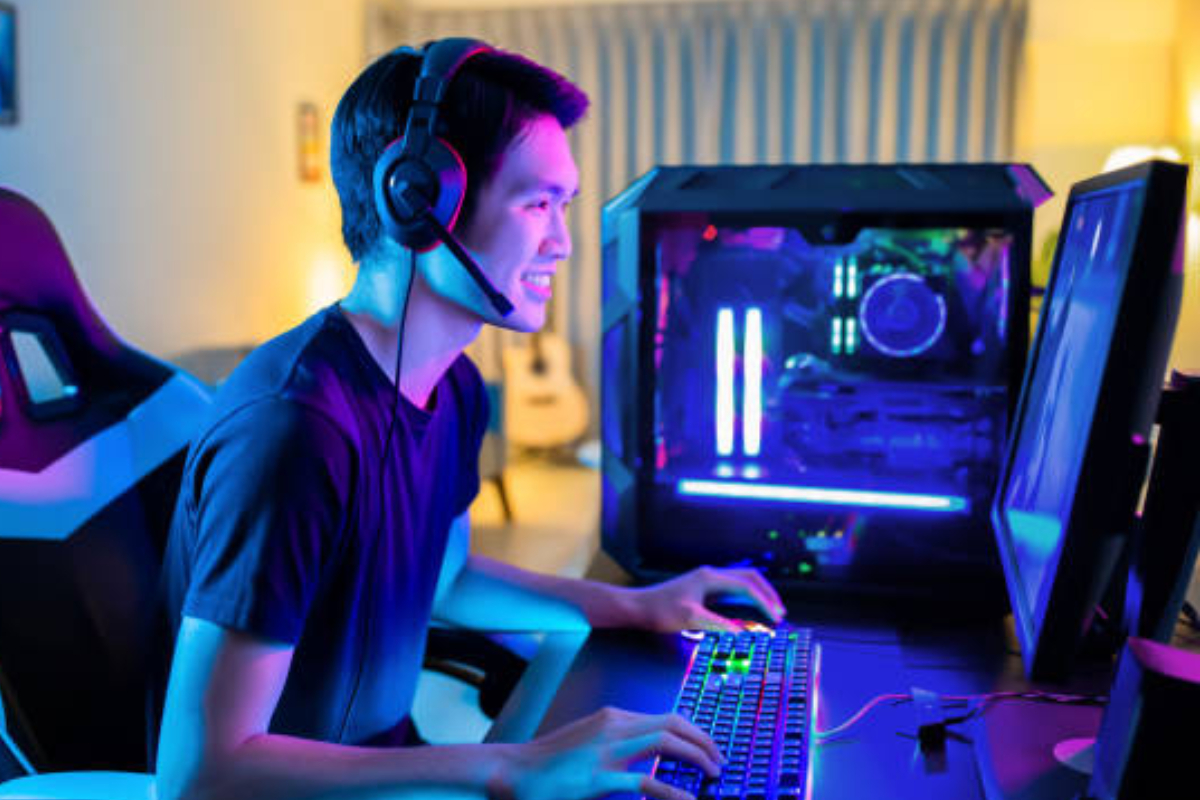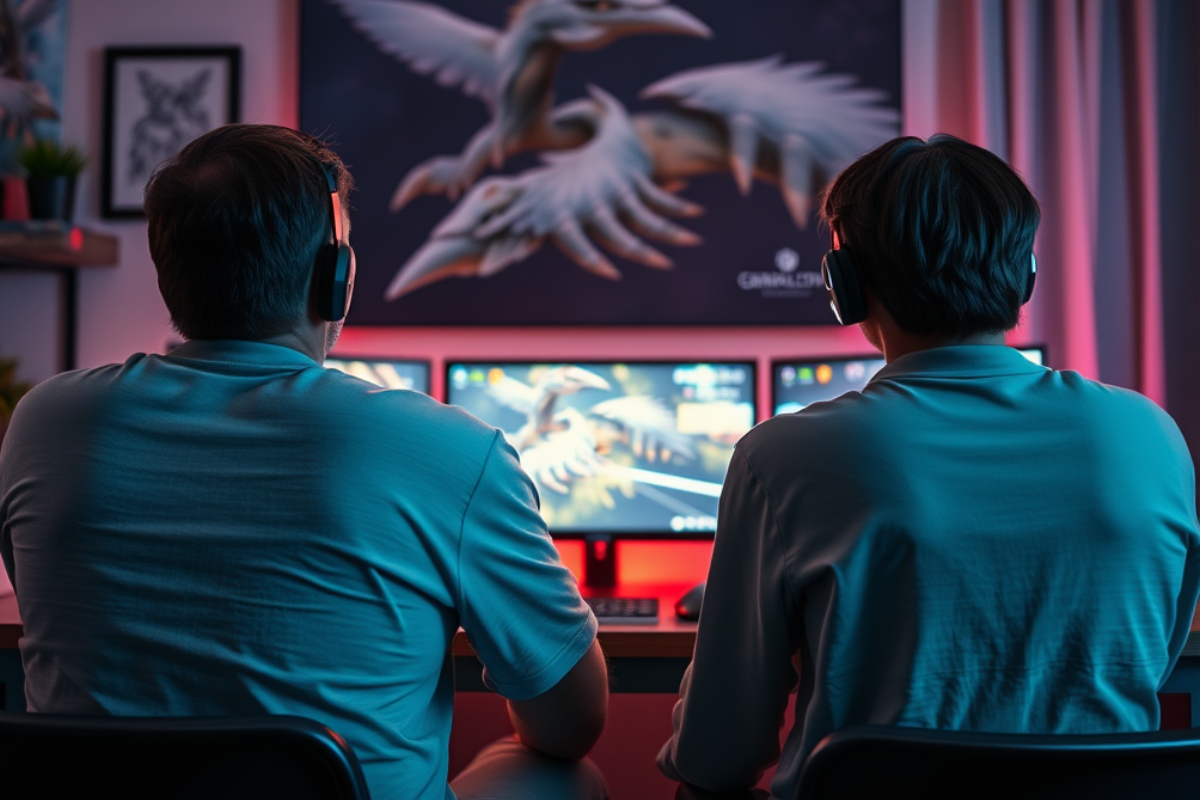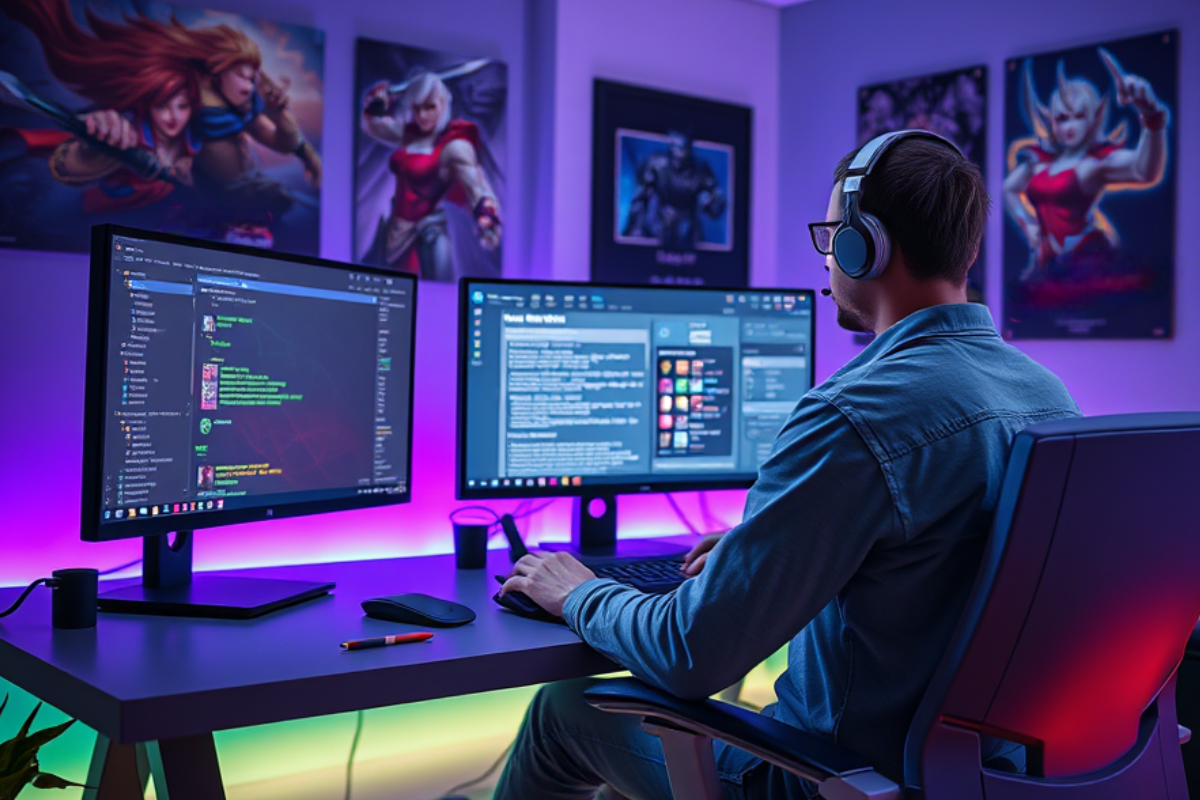In the world of gaming, muscle memory for gameplay is an essential skill that can give you an edge, especially when the game demands quick and precise reactions. As games become more complex, mastering movements and strategies requires something beyond knowledge — it’s a form of automatic reflex resulting from repetitive practice and ingraining movements into your body. This is why developing muscle memory is crucial to becoming more consistent in every game.
In this article, we’ll discuss how you can sustain your muscle memory and improve your gameplay through proper practice and strategies. From simple movements to advanced techniques, this guide will help you avoid mistakes and make every move feel natural as you play.
Key Insights You’ll Discover
In the following sections, we’ll cover the following topics:
- What is Muscle Memory and How Does It Help in Games?
- How Does Muscle Memory Work in Gaming?
- Techniques for Practicing Muscle Memory
- Avoiding Burnout and Resting
- Choosing the Right Game and Setup
- Measuring Progress and Accepting Feedback
What is Muscle Memory and How Does It Help in Games?
Muscle memory is a process where movements become automatic through repetitive practice. You no longer have to think hard about how to perform the movements; instead, your body learns how to do them quickly and accurately. In video gaming, muscle memory for gameplay refers to your ability to execute complex commands (such as combos in fighting games or strategic movements in FPS games) without thinking.
This is why muscle memory is so important in gaming. When each move feels light and natural, you can more easily anticipate the opponent’s next move and react quickly. Experts in games like Street Fighter or League of Legends use muscle memory to react swiftly and achieve consistency in their gameplay.
How Does Muscle Memory Work in Gaming?
Muscle memory is not just a physical process; it’s a mental strategy that serves as the foundation for quick reactions and high performance in games. When you repeatedly perform actions in a game, your reactions begin to automate, meaning you don’t have to think long before making a decision. In gaming, muscle memory helps make each movement more natural and faster, leading to consistent performance, especially in games that require precision and reflexes.
Building Muscle Memory Through Repetition
Muscle memory isn’t learned in a day. Continuous practice is key to making every movement feel natural. Think of it like learning a new song on the guitar. The first time you try it, it’s hard and messy, but as you repeatedly practice the chords and melodies, you no longer need to look at your fingers; you automatically know which moves to make. In gaming, this is similar. Practicing each button press, timing, and movement will help develop muscle memory.
Connecting Movement to Your Mind
Muscle memory involves not just your body but also your mind. For example, when learning to execute a combo in a fighting game, it’s not only your hands that move automatically, but your brain also learns to predict the opponent’s moves and make the right decisions. Through mental visualization and planning your steps, you can accelerate the development of muscle memory for gameplay.
Techniques for Practicing Muscle Memory
Developing muscle memory for gameplay is not an overnight process. The right approach and discipline are needed to learn movements and reactions quickly and accurately. By practicing the right techniques, you can automate your movements and become more consistent in your gameplay. Here are some techniques to help you speed up the development of muscle memory for smoother and faster reactions in every game.
Practicing Basic Movements
Before you learn advanced techniques, you first need to get comfortable with basic movements. For example, in games like Fortnite or Apex Legends, mastering basic movements like running, jumping, and dodging is crucial. Practicing these daily will help build a foundation for more complex actions in the game.
Focusing on Consistency and Timing
When practicing muscle memory, consistency and proper timing are essential. If you only practice once and don’t repeat it, your muscle memory won’t be solid. Spend time each day practicing and correcting your timing. For example, if you’re playing FIFA and need to be precise when kicking the ball, repeat the action until each move becomes natural and quick.
Auditing Your Game and Improving Through Feedback
Reviewing your game after each session is an effective way to learn from your mistakes and improve your muscle memory. Choose a game with a replay feature and review your movements. Feedback from the game and other players will help you identify aspects that need more focus.
Avoiding Burnout and Resting
Despite the importance of continuous practice, resting is equally crucial. Over-practicing can lead to burnout, which will slow down your learning and muscle memory development. Be sure to take time to rest and recover. Don’t forget to do stretching exercises for your hands and fingers to avoid strains and injuries.
You can also take a few minutes to relax and rest between gaming sessions, which helps maintain focus and avoid exhaustion.
Choosing the Right Game and Setup
Practicing muscle memory for gameplay doesn’t just depend on your gaming time; it also depends on the setup you use. Ensure that your gaming setup is optimized for quick reactions. Choose a controller that’s comfortable for your hands and make sure your screen has no input lag so you can perform quick and accurate movements. A proper gaming environment is key to learning the muscle memory required for each game.
It’s also important to adjust your seating and hand positions for proper posture to avoid discomfort or fatigue while playing. Having adequate lighting and the right distance from the screen will help maintain focus and optimize your gaming experience.
Measuring Progress and Accepting Feedback
One of the most important aspects of practicing muscle memory for gameplay is accepting feedback and measuring your progress. Statistics and replays will help you see which aspects of the game need more focus. Coaches or mentors can also review your gameplay and provide tips for improvement.
Don’t be afraid to ask for constructive criticism from other players or communities. Reviewing your games and accepting feedback from others will help you identify areas of your gameplay that need improvement. This way, you can target specific movements or reactions that need practice to become more effective in the game.
Strengthening Muscle Memory for Consistent Gameplay
In the end, developing muscle memory for gameplay is an essential aspect of becoming good at any game. Practicing the right moves and reactions through repetition and consistency will help you perform fast and accurate movements without thinking too much. With the right techniques, game analysis, and adequate rest, you can easily learn the skills needed to become more proficient in every game. Remember, muscle memory is not just about physical movements; it’s also a mental discipline that will give you an advantage in becoming a better player.



